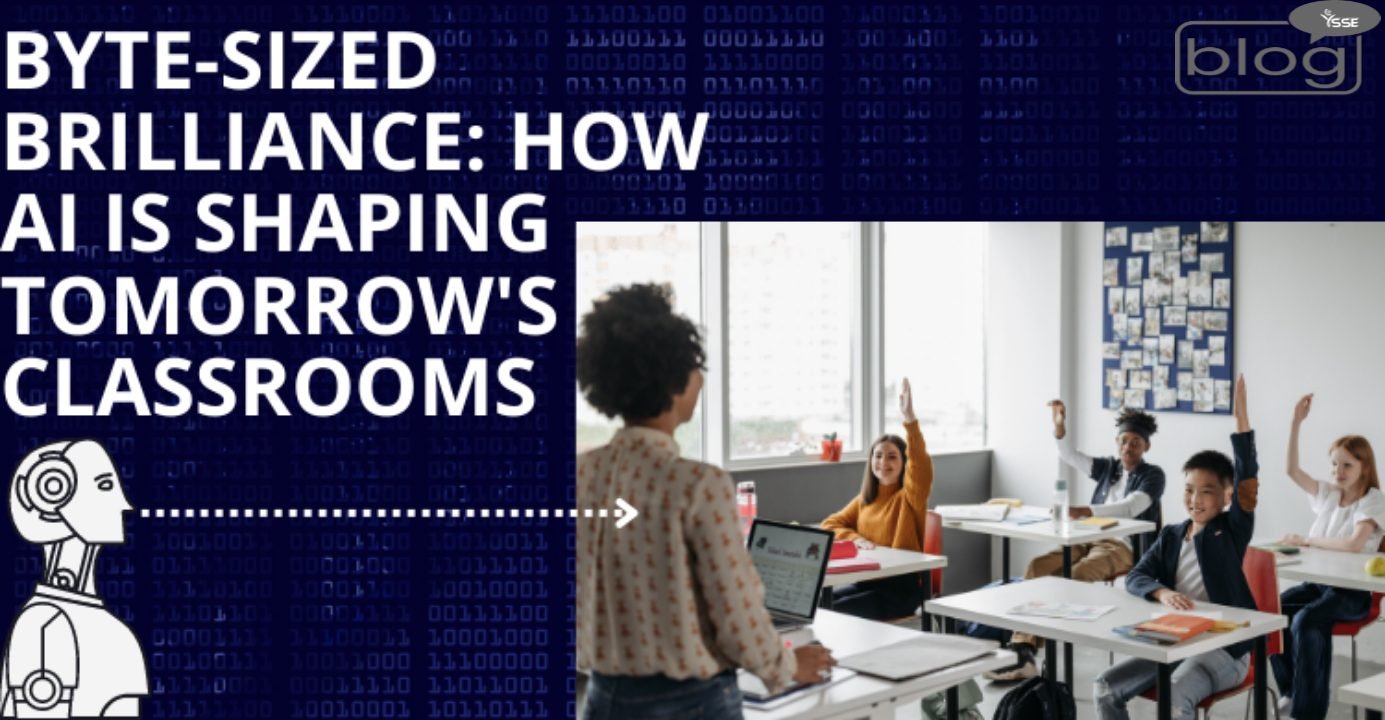Education is going through a transformation thanks to Artificial Intelligence (AI), which is converting conventional classrooms into dynamic learning spaces. Artificial Intelligence (AI) is transforming education in ways that were previously unimaginable, from intelligent tutoring programs to individualized learning experiences.
Modifying learning experiences is one of the biggest effects of AI in education. Students can interact with content that is customized to meet their unique requirements and learning preferences thanks to AI-driven adaptive learning platforms. By addressing each student’s strengths and shortcomings, instructors may create a more inclusive and productive learning environment with this individualized approach.
A classroom where each student feels seen and understood is portrayed by Stanford University. AI makes learning more individualized, interesting, and suitable for the individual strengths of each person. Stanford’s research highlights how crucial it is to have instructors ready for this change outside of the classroom. We can guarantee that AI is applied successfully to improve every student’s educational experience by providing educators with the necessary resources and training.
Student engagement is another area in which AI is changing education. Virtual assistants and intelligent chatbots help students and professors communicate by responding to questions, giving information, and providing support after traditional class hours. This ongoing support creates a more participatory and interesting learning environment.
The role of educators is changing as AI-driven technologies are adopted by educational institutions. Teachers are becoming learning facilitators who assist students on their unique educational journeys. This change enables instructors to put more of an emphasis on developing students’ critical thinking, creative, and problem-solving abilities—skills that are crucial for success in the 21st century’s quickly evolving environment.
China has started using AI-powered classroom monitoring devices to keep an eye on students in exam halls. In addition to tracking attendance, facial recognition technology reads pupils’ expressions to determine how engaged and comprehending they are.
Through initiatives like “AI in Education,” where AI systems examine students’ learning habits to offer individualized feedback and recommendations, Finland has been experimenting with AI in education. The aim is to customize instruction to meet the needs of each student.
In the US, AI tutoring programs like Dream Box and Carnegie Learning are extensively utilized. These systems provide personalized lessons and feedback to enhance comprehension in areas like arithmetic by adapting to the learning patterns of their users.AI is being used in the UAE to build virtual science labs. Students can improve their practical knowledge by doing experiments in a simulated setting. For educational institutions with restricted access to physical laboratories, this strategy is very advantageous.
Artificial Intelligence (AI) is revolutionizing education by automating exams, generating immersive learning materials, intelligent tutoring, and personalizing learning experiences. Even though there are many advantages, issues like algorithmic bias and data privacy must be addressed. Artificial intelligence (AI) has the power to completely transform education and provide students the tools they need to succeed in a world that is always changing, provided it is implemented responsibly and with careful thought.
To read more blogs like this, click here.
Nupur Akter
Intern
Content Writing Department
YSSE

